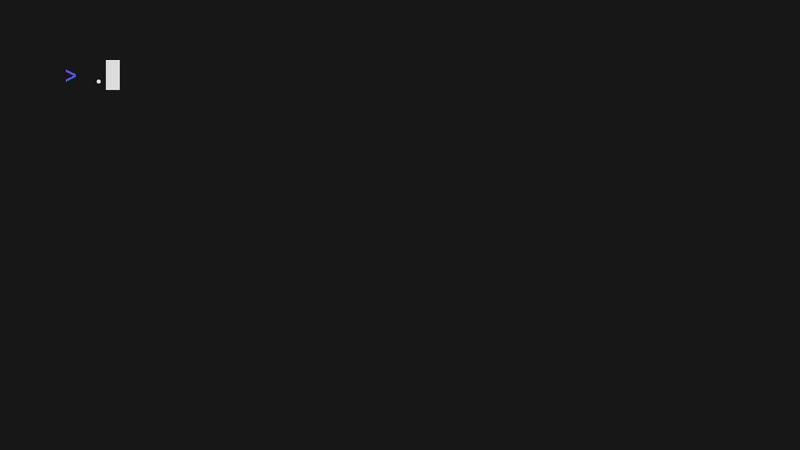gum simplifies making shell scripts interactive: no more wrestling with read commands and ANSI escape codes for user input: just proper text editing, defaults, and clean UI.
For example, if you run:
gum input --width 50 --header "Favorite author?" \
--value "Terry Pratchett"It will give you a question with a sensible default that you can then change as you want, and what you wrote as you hit enter will be returned so your script can then use it.
If you instead has some options where you want to select one:
gum choose --header "Favorite book?" \
"Hogfather" "Thief of Time" "The Night Watch" "Small Gods"Which gives you a selection box, you can configure to allow multiple selections, and the one you pick is then returned.
And one I really love, have it show a spinner to indicate that yes… something is still going on:
gum spin --title="Counting down from 10" sleep 10Built on bubbletea, a Go TUI framework, use that directly if you need these components in Go code rather than shell scripts.
